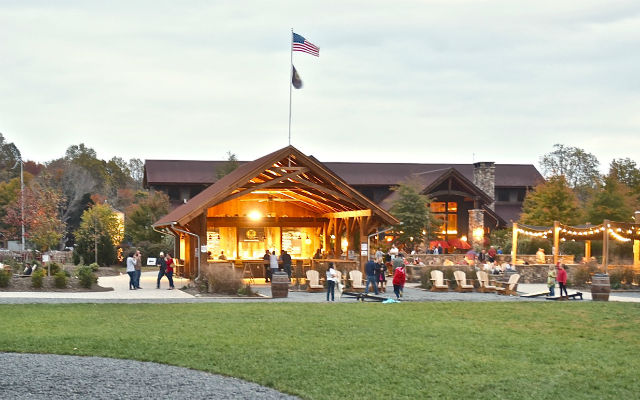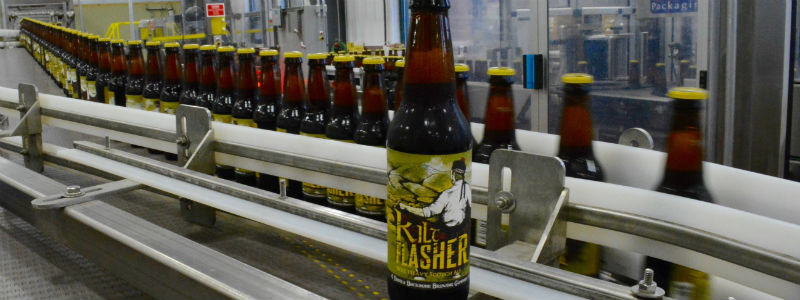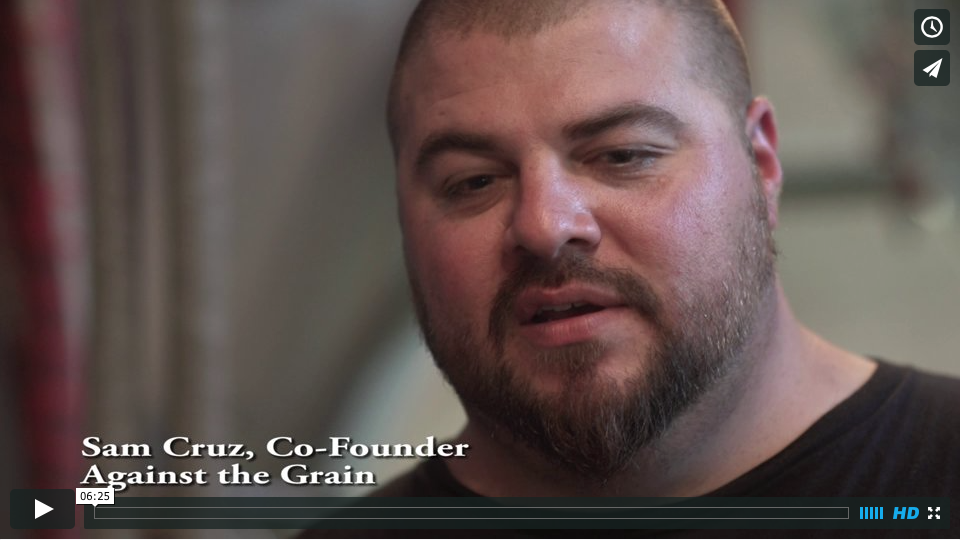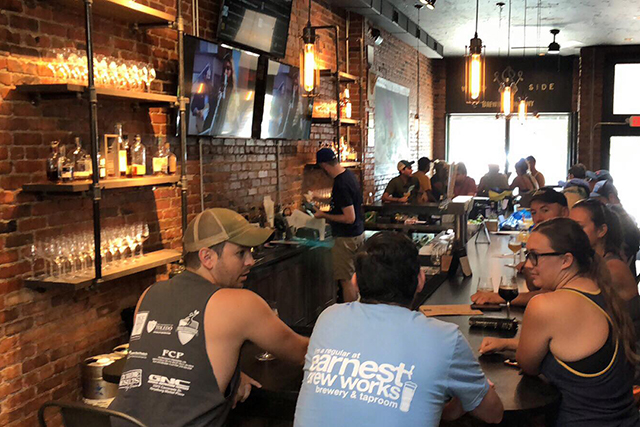
Reaching a balance in the number of beers in a portfolio is a tricky deal. A brewery can end up drowning in a sea of one-offs, yet consumers can be clamoring for more of the flagship. Balancing creativity with good old fashioned “production brewing” is a challenge and analytics are created to manage a SKU list for breweries that want to be creative and readily available with what consumers want at all time.
For Devils Backbone COO Hayes Humphreys, finding that sweet spot took time.
“Early on when we ran out of capacity annually, we always found ourselves short on the items that were moving fastest and long on slower moving, seasonal items,” he said. “We had beer to sell, just not the beer people were buying.”
So Hayes and his staff worked with an demand forecasting company, GP Analytics to help manage the limited capacity it had to ensure that it was making enough of the core beers to meet demand, and filled anything that was left over with specialty beer.
“We’re trying to streamline the amount of specialty draft we do, focus in on what we know is working,” Humphreys said. “Though it’s not nearly as fun or creative or interesting, it’s a pretty safe bet right now that Vienna Lager (DB’s top seller) in any new package format will do better than almost any new innovation we can come up with.
“We are definitely experiencing the shelf space pinch we’ve been reading about.”
To make life easier on retailers, and to increase your brewery’s chances of getting seasonal items placed on the shelf in large, regional and national grocery stores, your related rotating items should live under a single UPC, Humphreys said.
“You also want to ensure that you don’t have two beers with the same UPC on the shelf at the same time, because more than likely, you’ll only have one facing, so one of those two products will not be displayed,” he said. “You also want your rotating items within the same UPC to have something in common, some continuity on the shelf throughout the year. If you only have one set of rotating products, then that’s your continuity, they are your “seasonals.” If you have more than one group of rotating beers, make sure they are telling the consumer a story that helps differentiate one group from the other.”
Devils Backbone is working on reducing the number of SKUs it puts out into the market. Humphreys noted that it put out almost 18 different beers, and that’s’ not including about 16 others in its Adventure Packs, plus dozens of small batch beers in the taproom.
“We’ve reached the limit of what our wholesalers and our team in the field can handle,” Humphreys said. “Some of our wholesalers might argue that we reached that limit years ago. But we heard from our folks this year that they were drowning in one-off beers that needed a home. It seems that rotating taps only rotate but so fast.”
At Devils Backbone, there are two rotating lineups, the Daypack Series and the Trailblazers. The Daypack beers are quick, easy, and mobile. Quick because they have approachable flavor profiles; easy, because they are all under 4.5%; and mobile, because they are all canned. The Trailblazers are all higher ABV, with more aggressive and assertive flavor profiles. Each lineup lives within a single UPC, which allows the brewery to offer the consumer nine different beers, while just asking for two spots on the shelf.
“In terms of managing these SKUs, well, I’d be lying if I said it was easy or we were good at it,” Humphreys said. “The two main challenges for us are over production and transitions between brands.”
In terms of production quantities, he noted, generally a brewery wants to plan to run out. Forecast conservatively.
“However, in a state where the retail landscape is dominated by chains like Virginia, running out too soon can cause out of stock issues and make it look like your packages aren’t pulling their weight,” he added. “So, it’s a real balancing act. We still run primarily off of forecasts. We have found that wholesalers are extremely conservative forecasters, so that even when we take pre-orders on items, we end up having to guesstimate a reserve to account for wholesalers who run out too early, which means that for us, it’s really hard to eliminate risk.”
The second issue that Devils Backbone runs into is the act of transitioning between brands.
“We end up experiencing 2-4 weeks of sluggish sales as the old stuff churns out and the new stuff churns in,” Humphreys said. “We try to have more than half of the estimated volume ready to ship at the a start of the release period with the balance following shortly thereafter. This enables the wholesaler to build displays and get the new beer out there. Unfortunately, seasonal or limited release beer tend to move more slowly the longer it has been out, and too often there is that one old case blocking the new seasonal on the shelf, and that slows the transition down.”
Humphreys joked that sometimes at night he dreams about the perfect seasonal transition, where the retailer runs out of product right as the rotation window comes to a close and the wholesaler has accepted a warehouse full of new product and is ready to fill the open spot on the shelf.
“But it never really happens,” he said.





Be the first to comment